Sands of Time
An Egyptian Blue Faience Offering Cup For Ramesses The Great, New Kingdom, 19Th Dynasty, Ca. 1279-1213 BC
Product Description
A bright blue glazed faience, the cylindrical form tapering to a slightly flared foot and rounded rim, the exterior with royal rectangular panel inscribed in black hieroglyphic text in two columns including a cartouche containing the throne name for Ramesses II, (Ramesses the Great) that reads: "Lord of the Two Lands, User-maat-re Setep-en-re [R. II], beloved of Ptah, king of the gods."
Ramesses II, also known as Ramesses the Great, was the third pharaoh of the nineteenth dynasty. Often regarded as the greatest, most celebrated, and most powerful pharaoh of the New Kingdom, his successors, and later Egyptians referred to him as the "Great Ancestor."
He is known as Ozymandias in Greek sources (Koinē Greek: Οσυμανδύας Osymandýas), from the first part of Ramesses' regnal name, Usermaatre Setepenre, "The Maat of Ra is powerful, Chosen of Ra."
Ramesses II led several military expeditions into the Levant, reasserting Egyptian control over Canaan. He also led expeditions to the south, into Nubia, commemorated in inscriptions at Beit el-Wali and Gerf Hussein. The early part of his reign was focused on building cities, temples, and monuments. He established the city of Pi-Ramesses in the Nile Delta as his new capital and used it as the main base for his campaigns in Syria. At fourteen, he was appointed prince regent by his father, Seti I. He is believed to have taken the throne in his late teens and is known to have ruled Egypt from 1279 to 1213 BC. On his death, he was buried in a tomb in the Valley of the Kings; his body was later moved to a royal cache where it was discovered in 1881 and is now on display in the Egyptian Museum.
Offering cups of this style were made to commemorate the construction of a building, principally temples, honoring the reigning monarch. They were manufactured on the authorization of pharaoh and were considered a personal tribute to him. The cups were buried in caches within the foundations of temples.
Condition: Heavy surface deposits but intact and in excellent condition overall.
Provenance: Private collection of Florent Dalq (1878 - 1950), Gilly/Charleroi, Belgium (acquired from the Antiquities Service, Cairo in 1923), thereafter private NY collection.
Product Details
- Measurements
2"H
- OriginEgypt
Shipping Information
-
Shipping AvailabilityCanada, United States
-
Shipping PolicyStandard Ground Shipping
-
Ship In3-4 weeks ⓘ
-
Return PolicyFinal sale, not eligible for return or cancellation
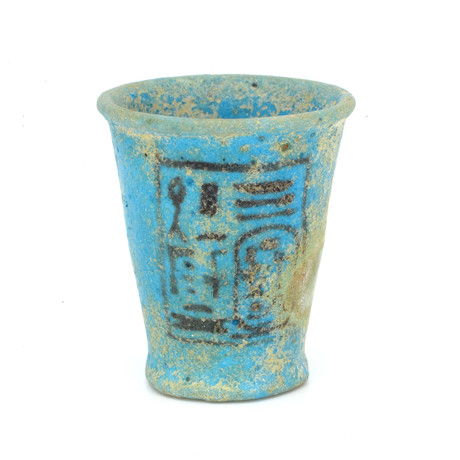

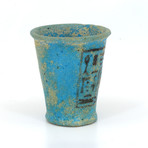
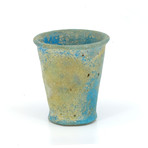
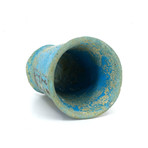
















































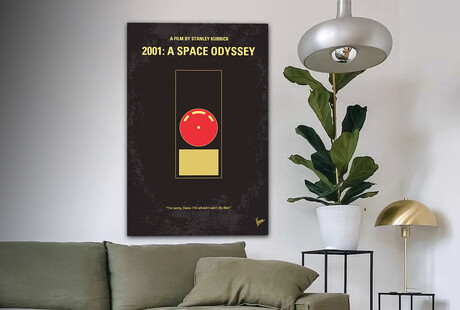
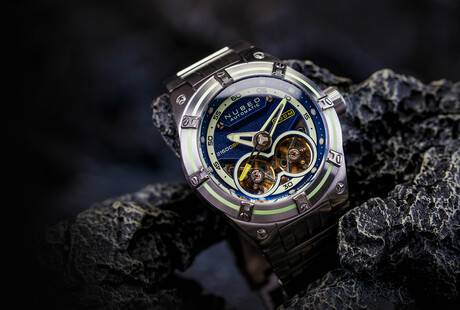





 .
.